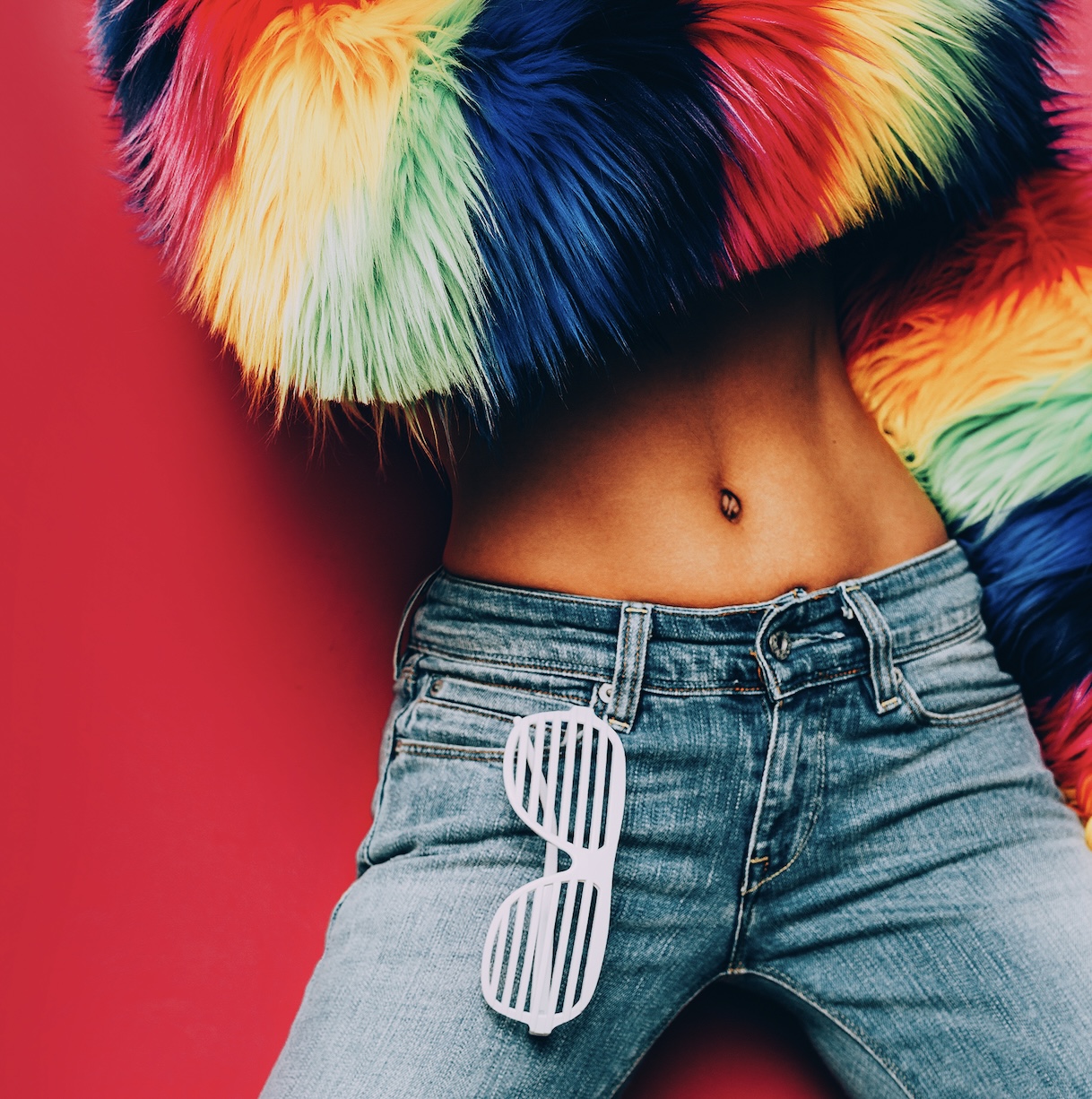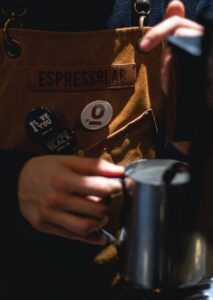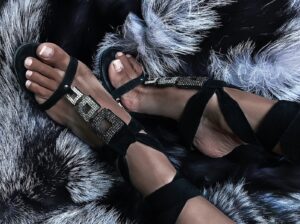The 1990;s saw a resurgence of disco fashion, as the bright and bold styles of the 1970s made a comeback. The decade was marked by an overall sense of nostalgia for the disco era, and many elements of 1970s fashion were incorporated into the popular styles of the 1990s.
Click here if you want to learn more about 90’s rave fashion or Y2k fashion.
90’s disco fashion: Bright & Bold colours
One of the key elements of 90s disco fashion was the use of bright, bold colours. This was evident in both clothing and accessories, with many pieces featuring bright hues such as neon pink, purple, and orange. These colors were often paired with metallic fabrics, such as foil or lamé, to create a flashy and eye-catching look.
Another important aspect of 90s disco fashion was the use of bold patterns and prints. These could be found on everything from dresses and skirts to shirts and pants, and included everything from geometric shapes and bold stripes to paisley and floral patterns.
Dresses & Skirts
Dresses and skirts were also a staple of 90s disco fashion. These could be found in a variety of styles, including mini-dresses, maxi-dresses, and even jumpsuits. Many of these pieces featured bold colors and prints, and often had a flattering, fitted silhouette.
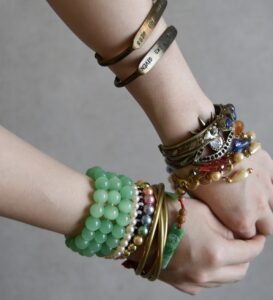
Accessories were also an important part of 90s disco fashion. Chunky jewelry, such as large hoops and bangle bracelets, was popular, as were statement pieces like oversized sunglasses and chunky platform shoes. These accessories helped to complete the overall disco-inspired look.
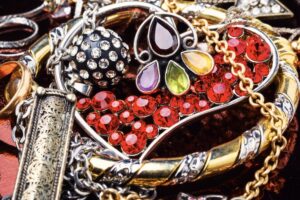
While the 90s disco fashion trend was short-lived, it left a lasting impact on fashion. The bold colors, patterns, and accessories of the era are still seen in fashion today, and are a testament to the enduring influence of the disco era.
Disco culture history
Disco culture emerged in the 1970s as a form of dance music that was characterized by its upbeat tempo and catchy melodies. Originating in the African American and Latino communities in the United States, disco music was played in clubs and discotheques, and quickly spread to become a global phenomenon.
Disco culture was not just about the music, it was a lifestyle. It was a time of self-expression and liberation, where people of all backgrounds, races and sexual orientations came together to dance and celebrate. The clubs and discotheques where disco music was played became the epicenters of this culture, and were often decorated with colorful lighting and mirror balls to create a festive atmosphere.
The fashion of disco culture was also a reflection of its spirit of self-expression and liberation. The bold and colorful clothing, often made from shiny fabrics, was a way for people to express themselves and stand out from the crowd. Disco fashion was also heavily influenced by the funk and soul music that was popular at the time, and included flared pants, platform shoes, and statement accessories such as large sunglasses and chunky jewelry.
Disco culture also had a significant impact on the music industry. The popularity of disco music in the 1970s led to the creation of the 12-inch single, which allowed DJs to mix and extend songs to keep the dance floor moving. This innovation laid the foundation for the development of electronic dance music and DJ culture.
Besides impact on the music industry, there was an impact on the society as well, particularly in terms of representation and inclusivity. Disco music and clubs provided a safe space for marginalized communities, particularly the LGBTQ+ community, to express themselves and be accepted.
Although disco culture was short-lived, its impact on music, fashion, and society is still felt today. The upbeat and inclusive spirit of disco culture continues to inspire and influence many forms of music, fashion, and culture.

